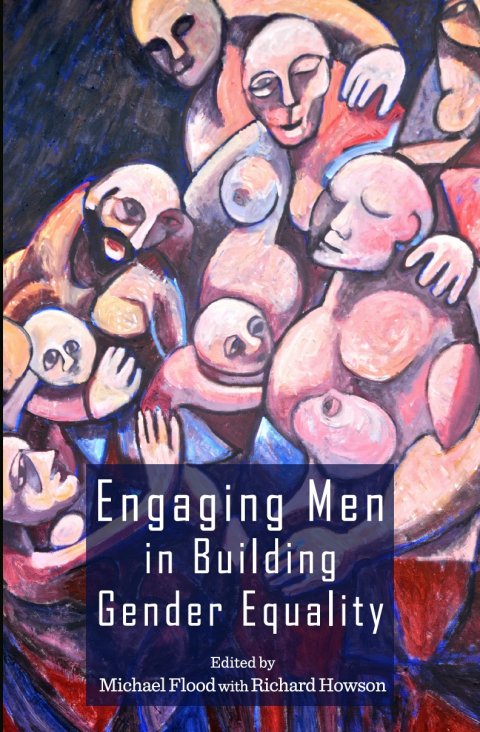
Our world is a deeply unequal one. Systemic inequalities which disadvantage women and advantage men are visible around the globe. Whether one looks at political power and authority, economic resources and decision-making, sexual and family relations, or media and culture, one finds gender inequalities. These are sustained in part by constructions of masculinity–by the cultural meanings associated with being a man, the practices which men adopt, and the collective and institutional organisation of men’s lives and relations.
Yet these inequalities are not fixed in stone. The women’s movements and feminism have mounted a sustained challenge to local and global gender inequalities, with important successes in undermining the pervasiveness and acceptability of women’s subordination. This is not some rosy story of steady progress towards a gender-egalitarian world. While some forms of gender inequality have lessened, others have worsened, under the influence of transnational neoliberal forces, aggressively patriarchal religious movements, and other dynamics.
One significant shift in the ways in which efforts to build gender equality are articulated and enacted has been an increasing emphasis on the role of men. Men’s roles in establishing gender equality are now squarely on the public agenda. This emphasis is visible in programming, policy, public advocacy, and popular debate. When yet another incident of ‘men behaving badly’ takes place somewhere in the world–when a group of men sexually assault a woman, when the male CEO of a company defends the absence of women from the company’s leadership, when a high-profile male athlete beats his partner, when some dimension of gender inequalities is exposed or expressed–then social media routinely include calls for men to take action to end gender inequalities. Gender-conscious initiatives and interventions focused on men and boys have proliferated, particularly in relation to violence prevention, sexual and reproductive health, parenting, and education but also in other domains. The last decade has seen the growth of national and global interventions and campaigns, initiatives by international agencies, and scholarly assessments of their impact and significance.
The book Engaging Men in Building Gender Equality brings together key discussions and evaluations of this field. Based in part on a conference held in Australia in November 2012, the collection highlights the leading edges of both theory and practice. Chapters by internationally recognised scholars close the gap between contemporary scholarship on men and gender, on the one hand, and practical interventions on the other. Alongside these, other contributors explore the promise and problems of engaging men in building gender equality in relation to such areas as violence, health, fathering, and work. The book’s contents have a global reach. Some chapters offer frameworks and insights applicable to work regarding men and gender across the globe, while other chapters present case studies from particular countries or regions. The book is intended to be of interest to a wide range of researchers, advocates, educators, professionals, and others from universities, governments, local and international organisations, and community agencies. It offers a timely examination of an area of policy, programming, and research which is growing rapidly.
Please see here for the full chapter, in PDF. (The material above is merely the first few paragraphs of this chapter.)
For the full book in PDF, please see here.
Citation: Flood, M. (2015). Men and Gender Equality. In Engaging Men in Building Gender Equality. Ed. M. Flood, with R. Howson, pp. 1-31. Cambridge Scholars Press.